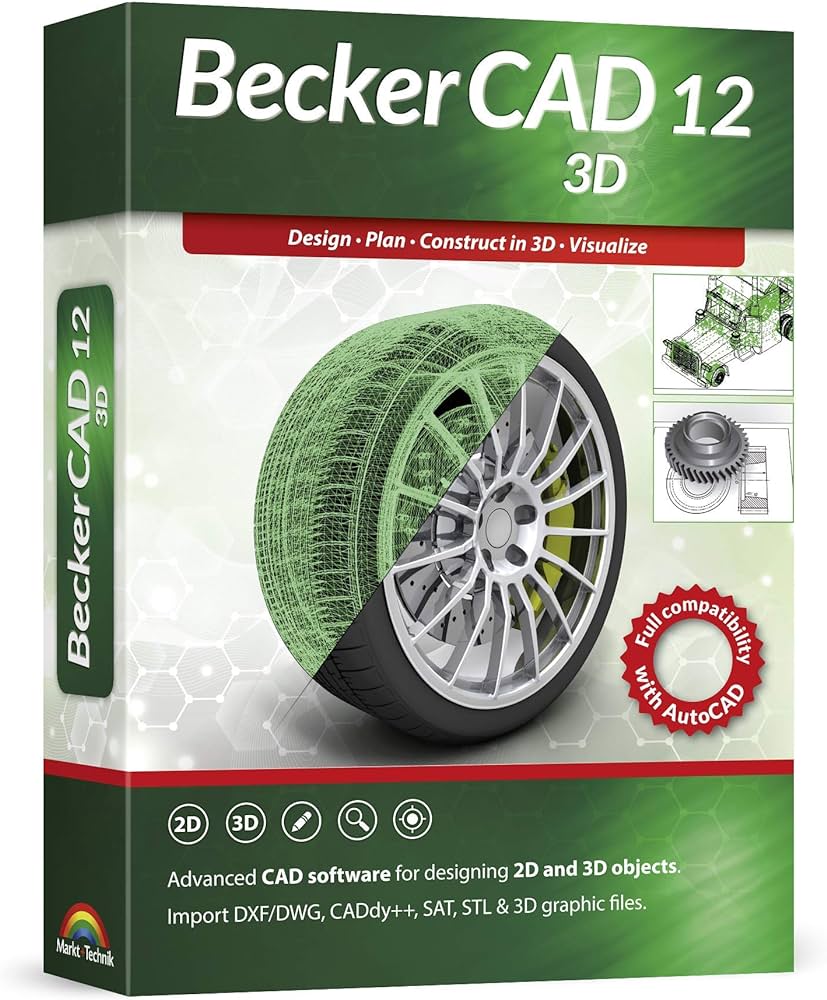Introduction
Design software has revolutionized the way we create and manipulate visual content. Whether you are a graphic designer, architect, or digital artist, having access to powerful design software is essential for your creative process. However, compatibility issues can often arise when working with different software programs, causing frustration and hindering productivity. In this blog post, we will explore common design software compatibility issues and provide practical solutions to resolve them.
1. Incompatible File Formats
One of the most prevalent compatibility issues is when design software cannot open or import certain file formats. This can occur when working with different software versions or when collaborating with clients or colleagues who use different tools. To resolve this, consider using universal file formats such as PDF or SVG, which can be opened by most design software.
2. Operating System Limitations
Design software may have specific requirements regarding the operating system (OS) it can run on. Incompatibility issues can arise when attempting to install software on an unsupported OS version. To overcome this, ensure that your operating system meets the software’s requirements or consider upgrading to a compatible version.
3. Outdated Software Versions

Using outdated software versions can lead to compatibility issues, as newer file formats or features may not be supported. It is essential to regularly update your design software to the latest version to ensure compatibility with other tools and files. Check for updates within the software or visit the official website for the latest releases.
4. Hardware Incompatibility
Design software often requires specific hardware specifications to function optimally. Incompatibility issues can arise if your computer does not meet the software’s minimum requirements. To resolve this, check the software’s system requirements and ensure that your hardware meets or exceeds them. Upgrading your computer’s RAM, graphics card, or processor may be necessary.
5. Plugin or Extension Conflicts
Design software often allows users to enhance functionality through plugins or extensions. However, conflicts between different plugins or extensions can cause compatibility issues. To resolve this, disable or remove any conflicting plugins or extensions. If necessary, reinstall them one by one to identify the specific conflict and find alternative solutions.
6. Font Compatibility
Fonts play a crucial role in design, but compatibility issues can arise when using.
Summary
Design software compatibility issues can be a major roadblock in the creative process. When different software programs do not work seamlessly together, it can lead to wasted time and effort. In this blog post, we have discussed some of the most common compatibility issues faced by designers and provided effective solutions to overcome them. By following these tips and tric Learn More ks, you can ensure a smooth workflow and maximize your productivity. Don’t let compatibility issues hold you back from unleashing your creativity.
- Q: What are design software compatibility issues?
- A: Design software compatibility issues refer to problems that arise when attempting to use different design software programs together, resulting in errors or the inability to open or edit files.
- Q: How can I resolve design software compatibility issues?
- A: Here are some steps to resolve design software compatibility issues:
- Ensure that you are using the latest versions of the design software programs.
- Check if there are any software updates or patches available for the programs.
- Convert files to a compatible format that can be opened by both software programs.
- Try using a file conversion tool or an intermediary software that supports both programs.
- Contact the software developers or support teams for assistance and guidance.
- Q: Can design software compatibility issues lead to data loss?
- A: Yes, design software compatibility issues can potentially lead to data loss if files become corrupted or inaccessible due to compatibility errors. It is always recommended to create backups of important files to prevent data loss.
- Q: Are there any design software programs that are known for better compatibility?
- A: Some design software programs are known for better compatibility with other programs due to their widespread usage and industry standards. Examples include Adobe Creative Suite (Photoshop, Illustrator, InDesign), CorelDRAW, and Sketch. However, compatibility can still vary depending on specific file formats and versions of the software.

Welcome to my website! My name is David Banfield, and I am a professional Digital Printing Specialist with a passion for all things related to 3D Printing Services, Digital Printing Techniques, Offset Printing Insights, and Design Software Solutions. With years of experience in the industry, I am dedicated to providing valuable information and resources to help individuals and businesses make the most of their printing needs.


